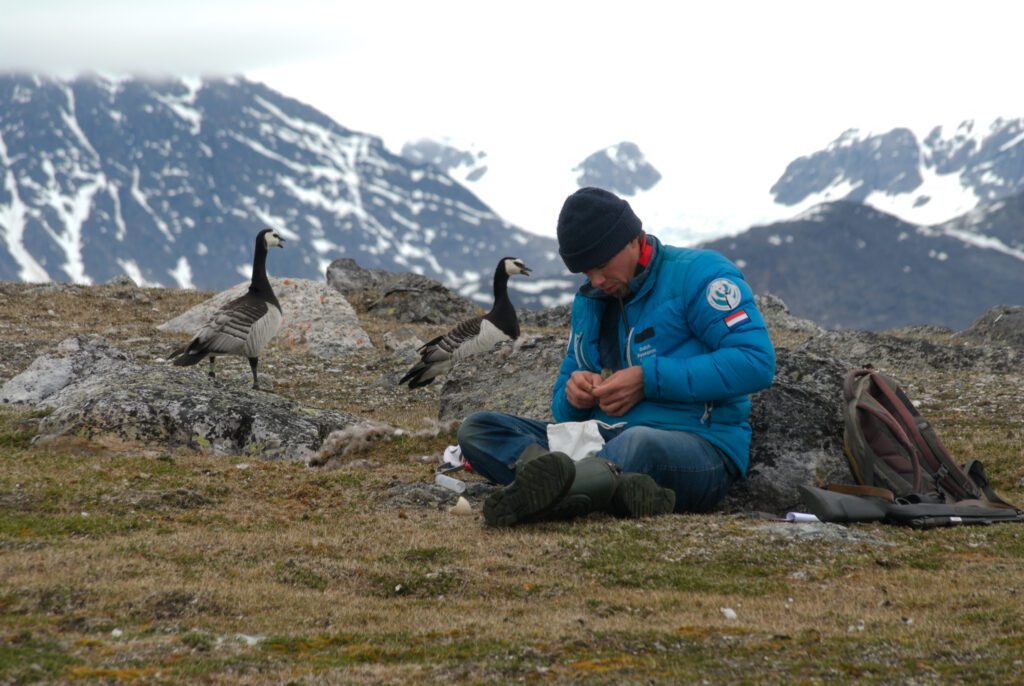International focus on seabirds in Kongsfjorden!
Seabird`s functions as indicators on the health of marine ecosystems, and has been studied and monitored by several international teams in Ny-Ålesund and Kongsfjorden for decades. Teams from Norway, the Netherlands and France do their field work during summer.
Norway
Research and monitoring of several species

The Netherlands
Focus on Barnacle Geese and Arctic Terns

France
Focus on Kittiwakes and pollutants

Monitoring and research programs
The Norwegian national monitoring system that presents and interprets data collected from Kongsfjorden is the Environmental Monitoring of Svalbard and Jan Mayen (MOSJ).
Several programs delivers data to the MOSJ- system, where Seabird populations (SEAPOP) and its module SEATRACK is such programmes.
Data about pollutants also goes into the The Arctic Monitoring and Assessment Programme (AMAP), which is one of six Working Groups of the Arctic Council.
Did you find what you were looking for?